Magnolia denudata (Yulan Magnolia, Lily Tree)
Botanical Information
| Family | Magnoliaceae |
| Genus | Magnolia |
| Species | denudata |
| Synonyms | M. heptapeta |
| Category | Woody |
| Type | Tree (deciduous) |
| Origin | Anhui, Hunan, Jiangsu, Guangdong, Guizhou, Fujian and Zheijang, China. |
| Ethnobotanical Uses Disclaimer | Flowers, with calyx removed are used for flavouring rice. |
| Pronunciation |
Details
| USDA Hardiness Zone | 5 - 9 |
| USDA Hardiness Ref. | |
| Canadian Hardiness Zone | 6 |
| Canada Hardiness Ref. | |
| RHS Hardiness Zone | H6 - H3 |
| RHS Hardiness Ref. | |
| Temperature (°C) | -20 |
| Temperature (°F) | (-15) - 30 |
| Height | 9-12 m |
| Spread | 12 m |
| Growth | Slow |
| Flowering Period | March, April, May |
Description and Growing Information
| General Description | This species has been placed on the IUCN Red List as globally threatened. |
| ID Characteristic | Fragrant cup-shaped white flowers resembling lily's, appear before ovate leaves. |
| Landscape | Courtyard and cottage gardens. |
| Propagation | Seed in autumn or softwood cuttings in late spring. |
| Cultivation | Best grown in moist well-drained soil in full sun. |
| Pests | Capsid bug, snails and horse chestnut scale. |
| Notable Specimens | Caerhays Castle, Gorran, Cornwall, United Kingdom. Lanhydrock Gardens, Cornwall, England. |
| Habitat | Moist wetland areas. |
| Bark/Stem Description | Bark is a coarse, dark grey. |
| Leaf Description | The leaves are ovate, bright green, 15 cm long and 8 cm wide. |
| Flower Description | The 10-16 cm cup-shaped, white flowers that emerge from early to late spring, white and thick with a citrus-lemon fragrance, are prone to browning if subjected to light frost. The 9 similar petals are 7.5 cm long. |
| Fruit Description | Seeds ripen from September through November. |
| Texture Description | Coarse texture. |
Photographs
Magnolia denudata, form. Caerhays Castle, Goran, Cornwall, United Kingdom.
Magnolia denudata, leaf. Caerhays Castle, Goran, Cornwall, United Kingdom.
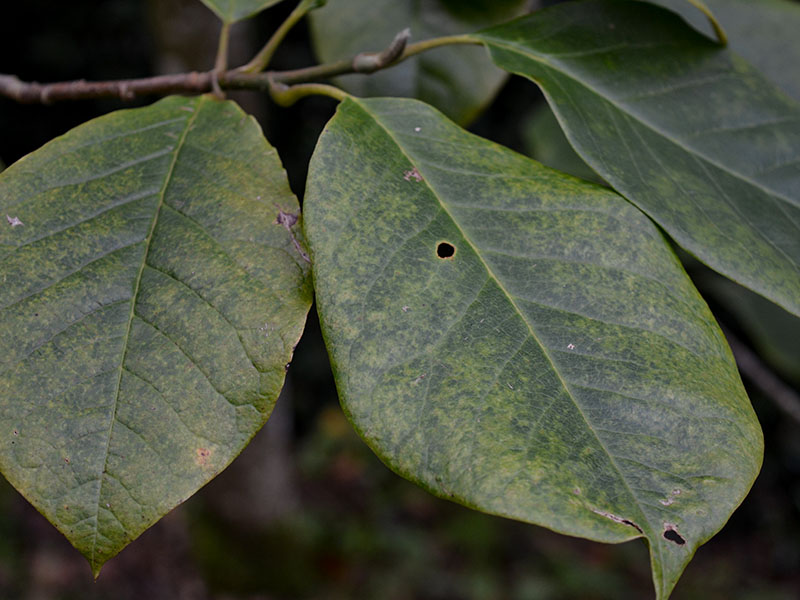
Magnolia denudata, flower. Caerhays Castle, Goran, Cornwall, United Kingdom.
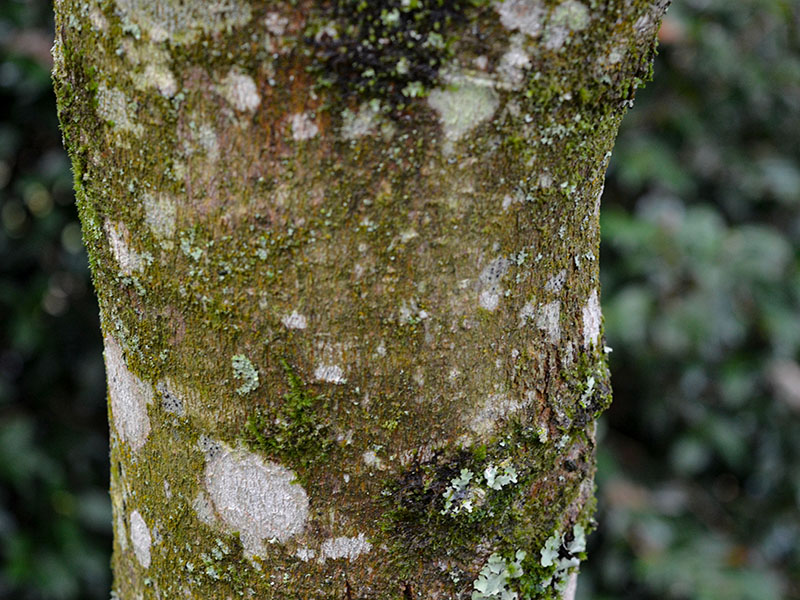
Magnolia denudata, form. Caerhays Castle, Goran, Cornwall, United Kingdom.
Magnolia denudata, flower. Caerhays Castle, Goran, Cornwall, United Kingdom.
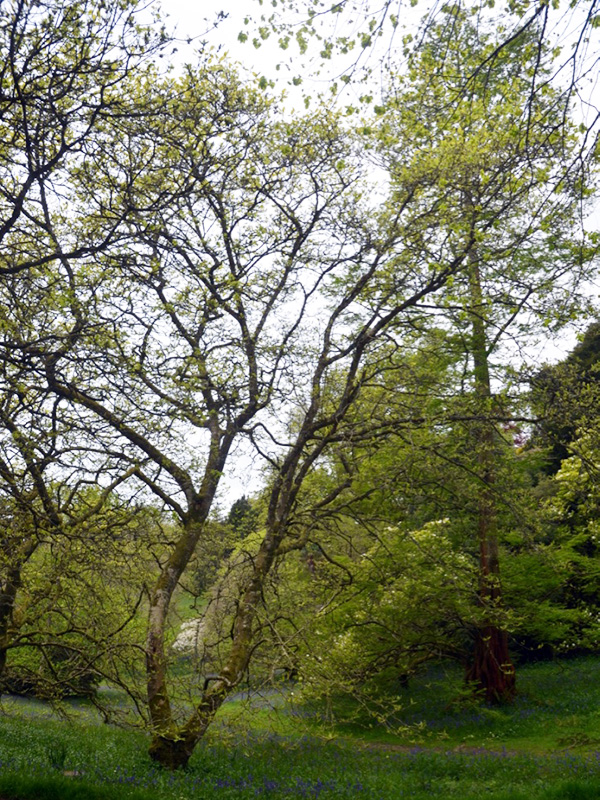
Magnolia denudata, form. Glendurgan Gardens, Falmouth, Cornwall, United Kingdom.
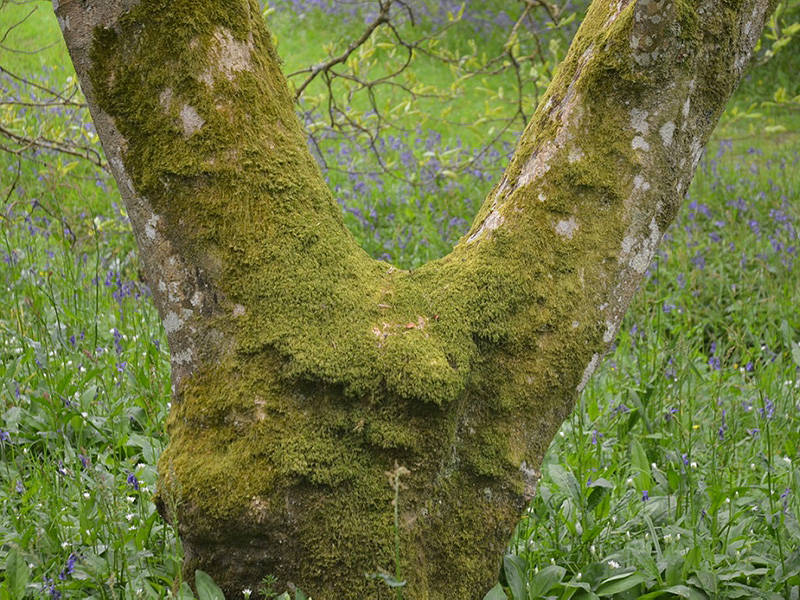
Magnolia denudata, bark. Glendurgan Gardens, Falmouth, Cornwall, United Kingdom.
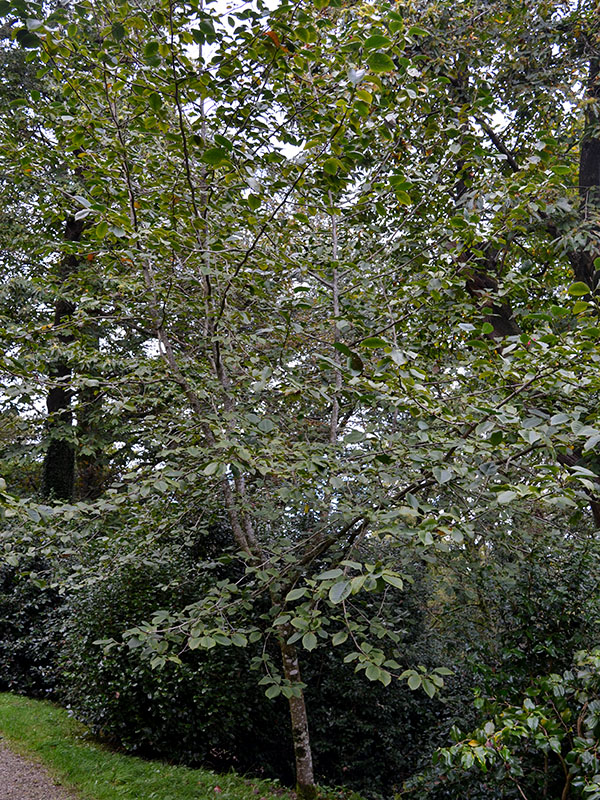
Magnolia denudata, form. Lanhydrock Gardens, England, Cornwall. 16/10/2019.
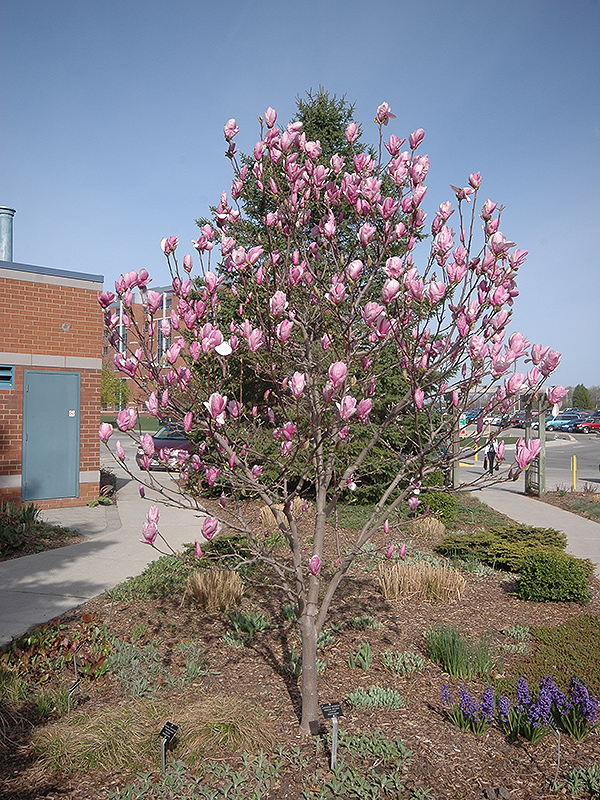
Magnolia denudata 'Lavender' at Fanshawe College, London, Ontario, Canada.
Awards
